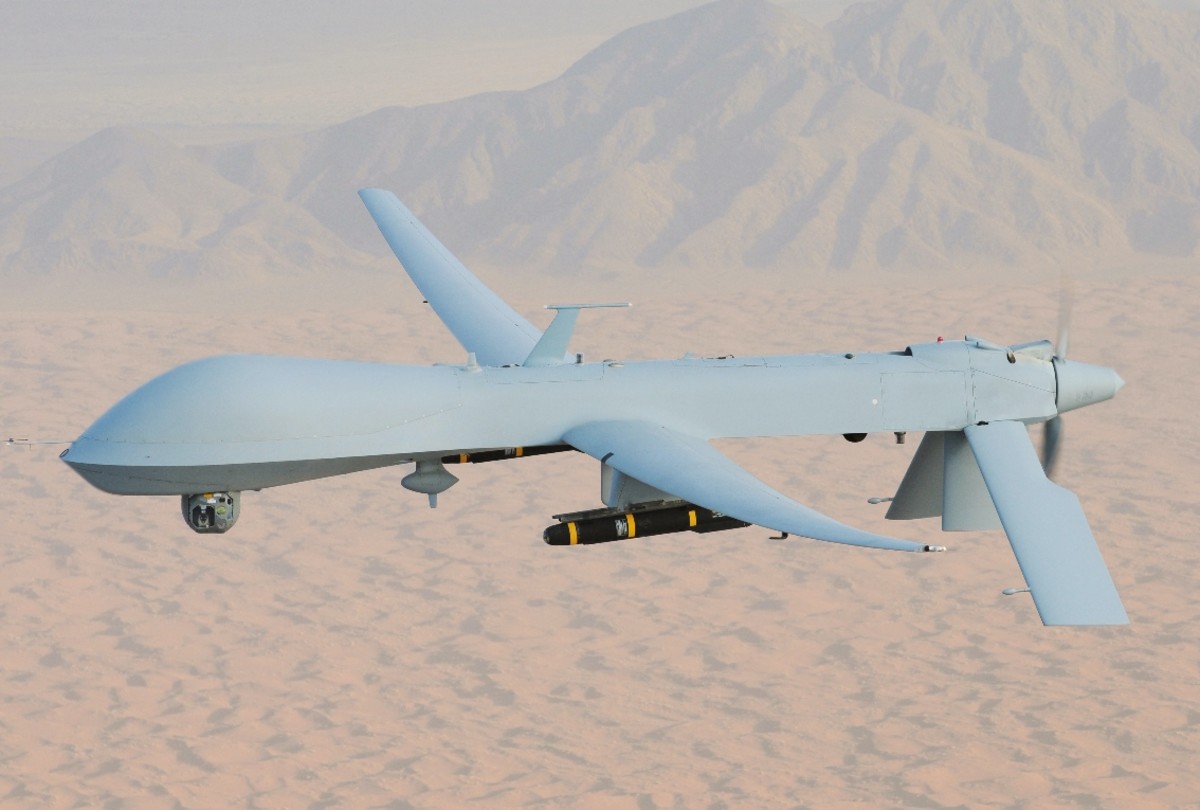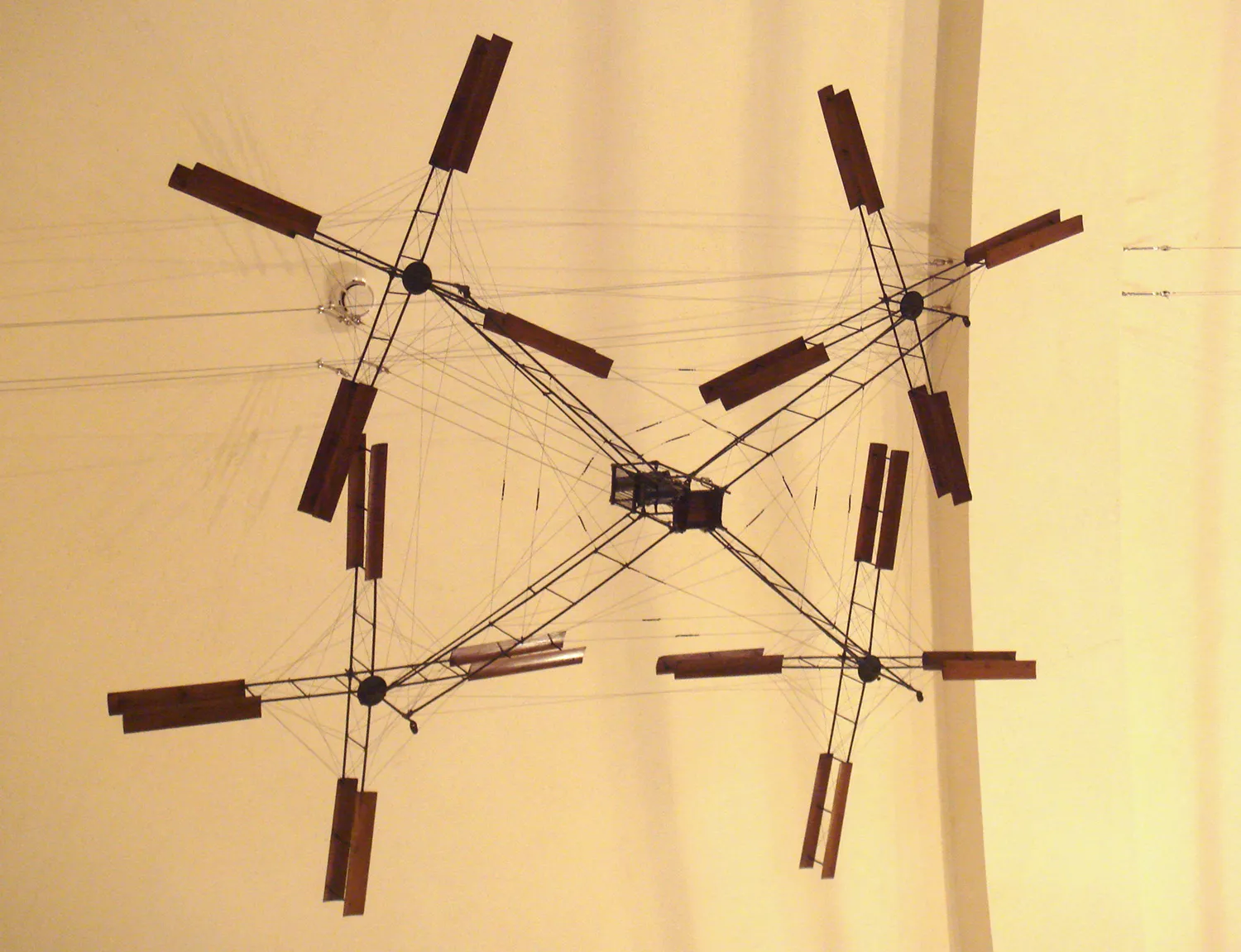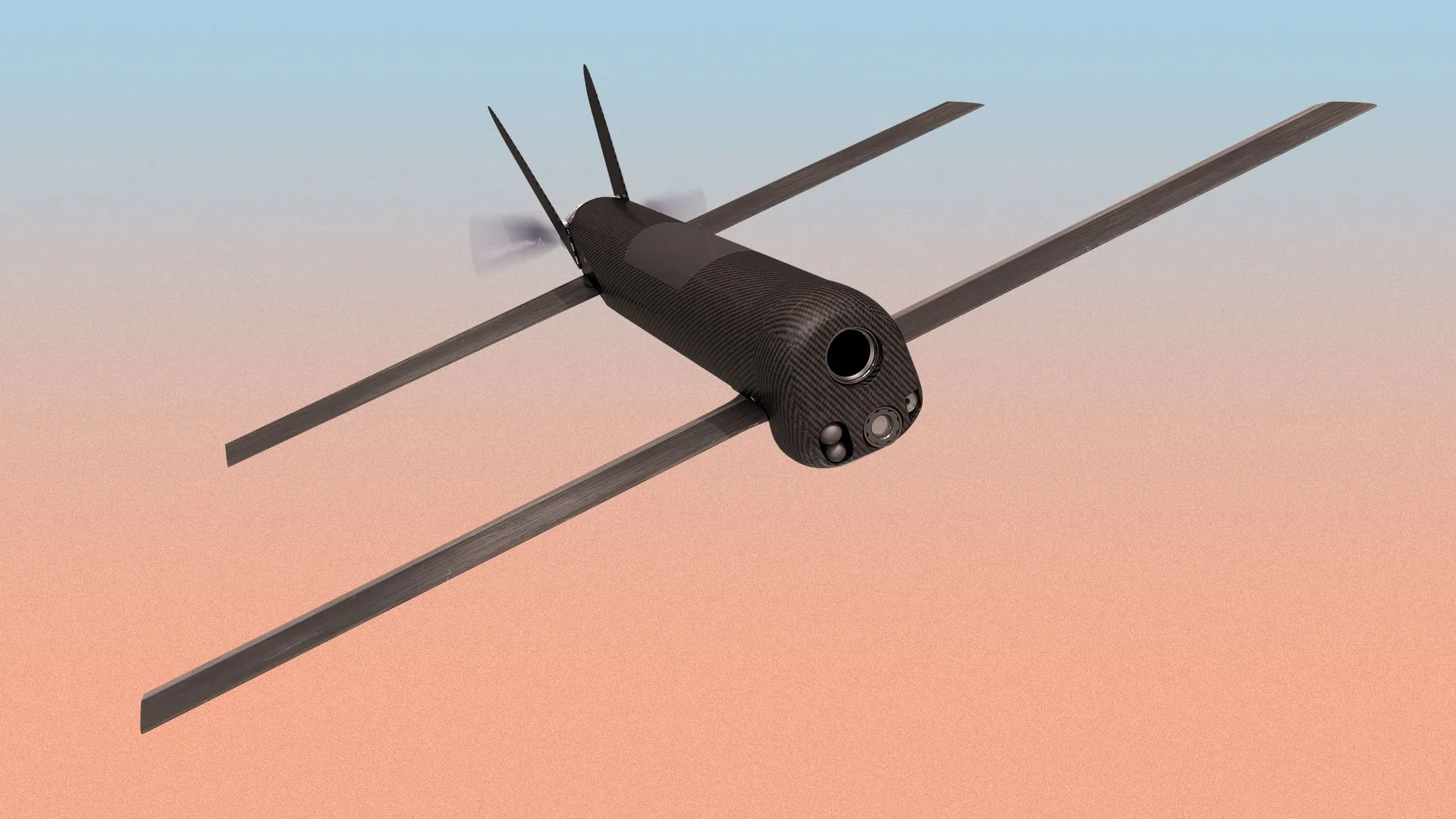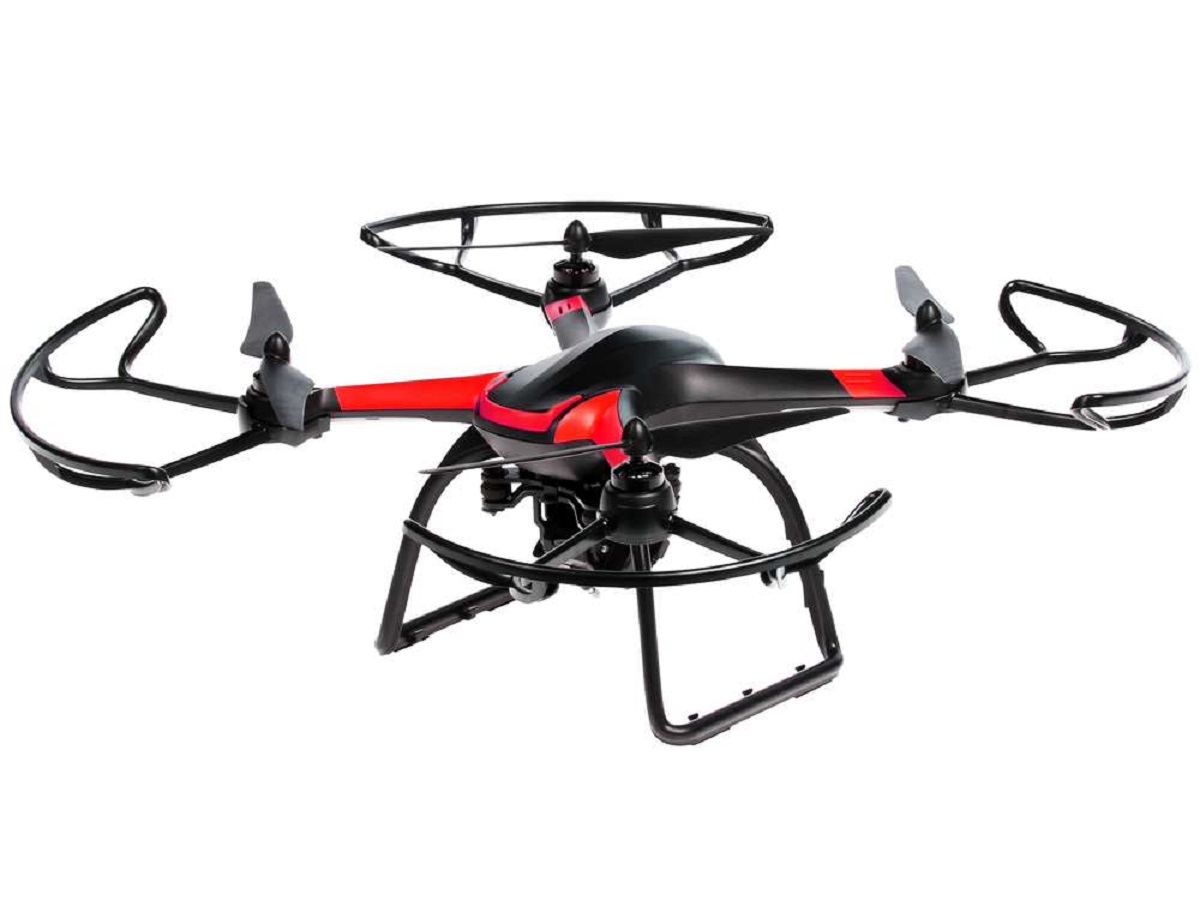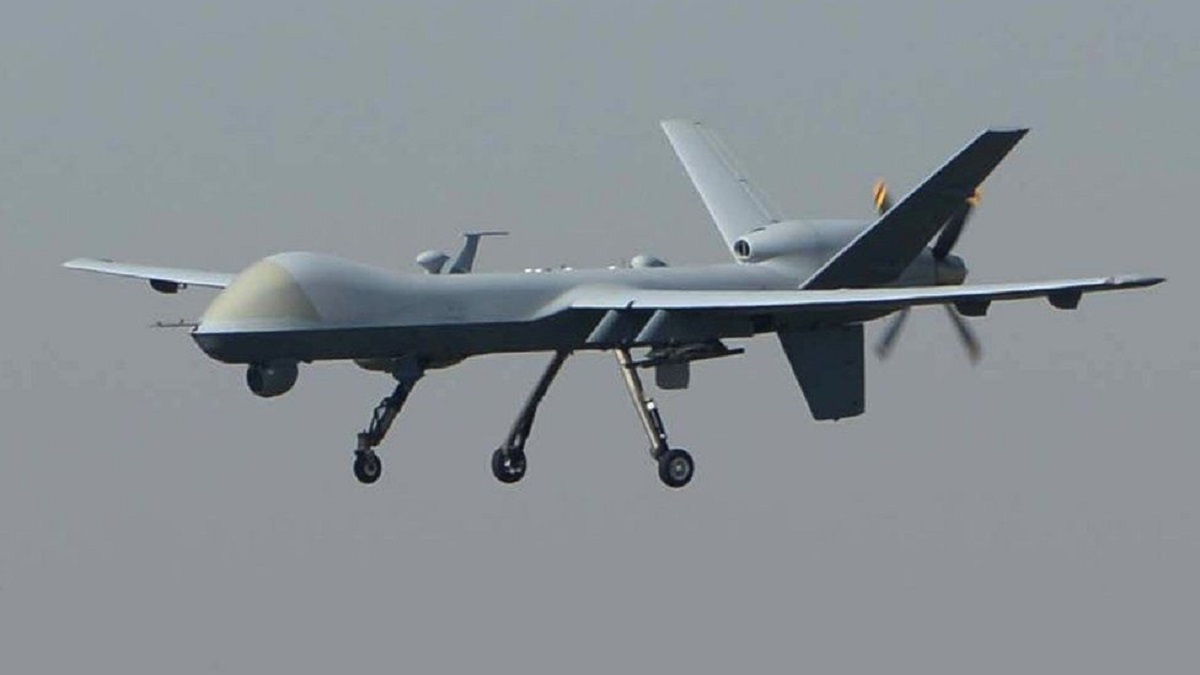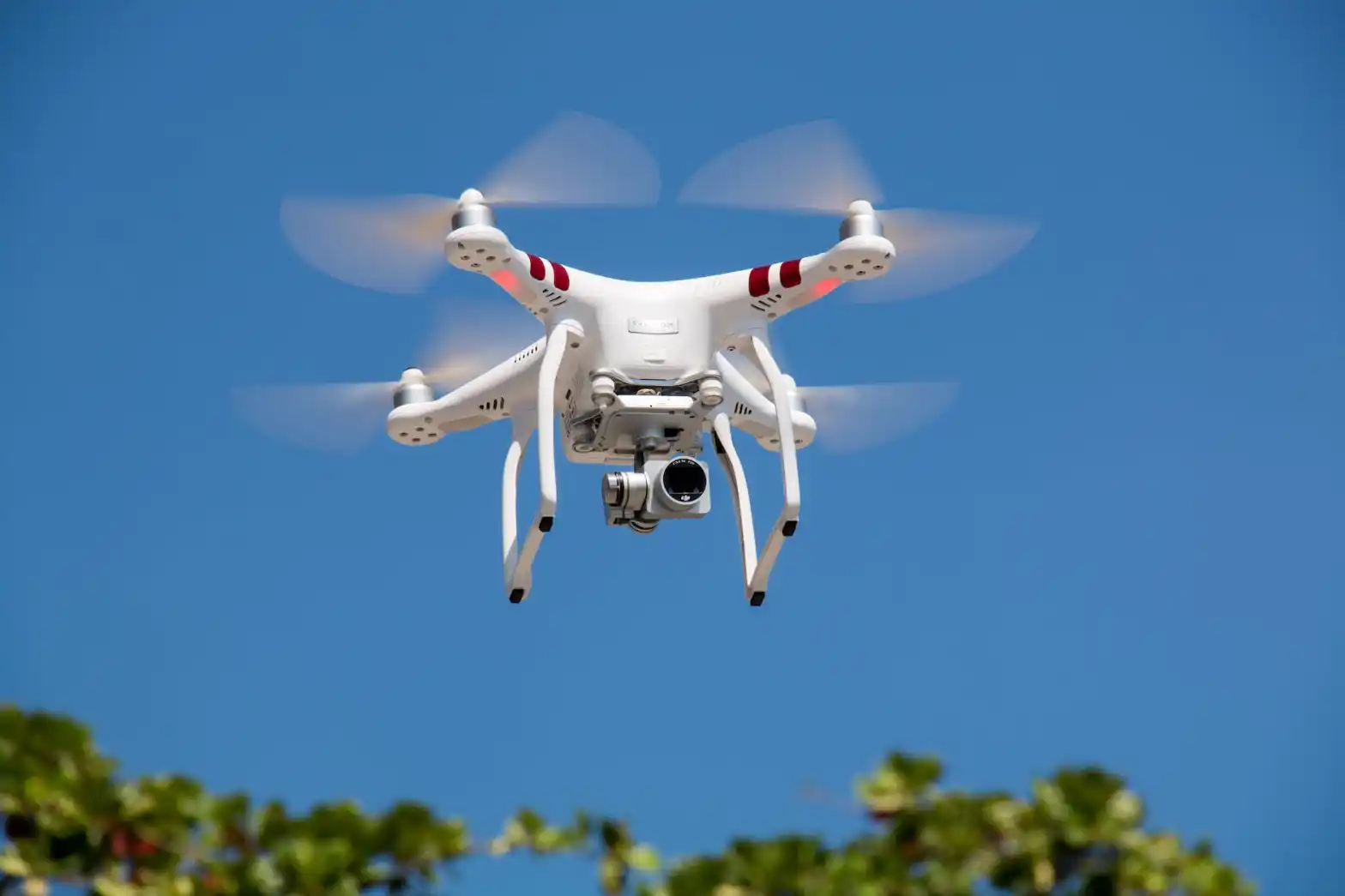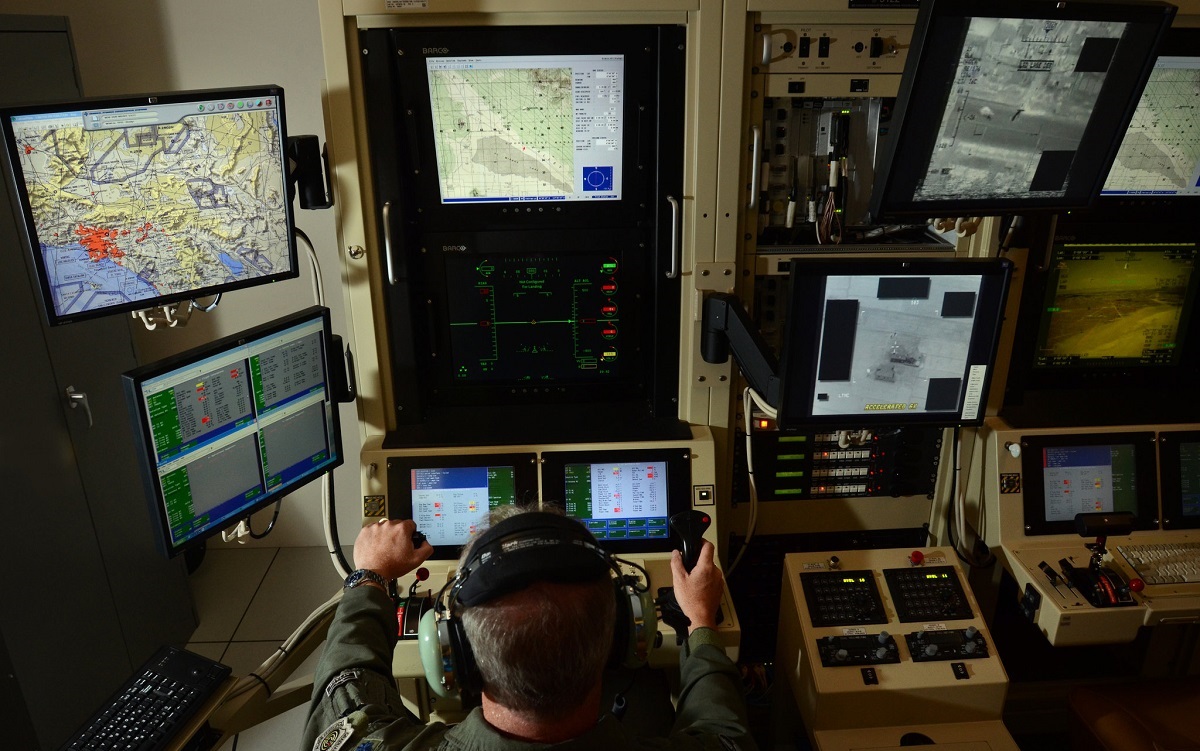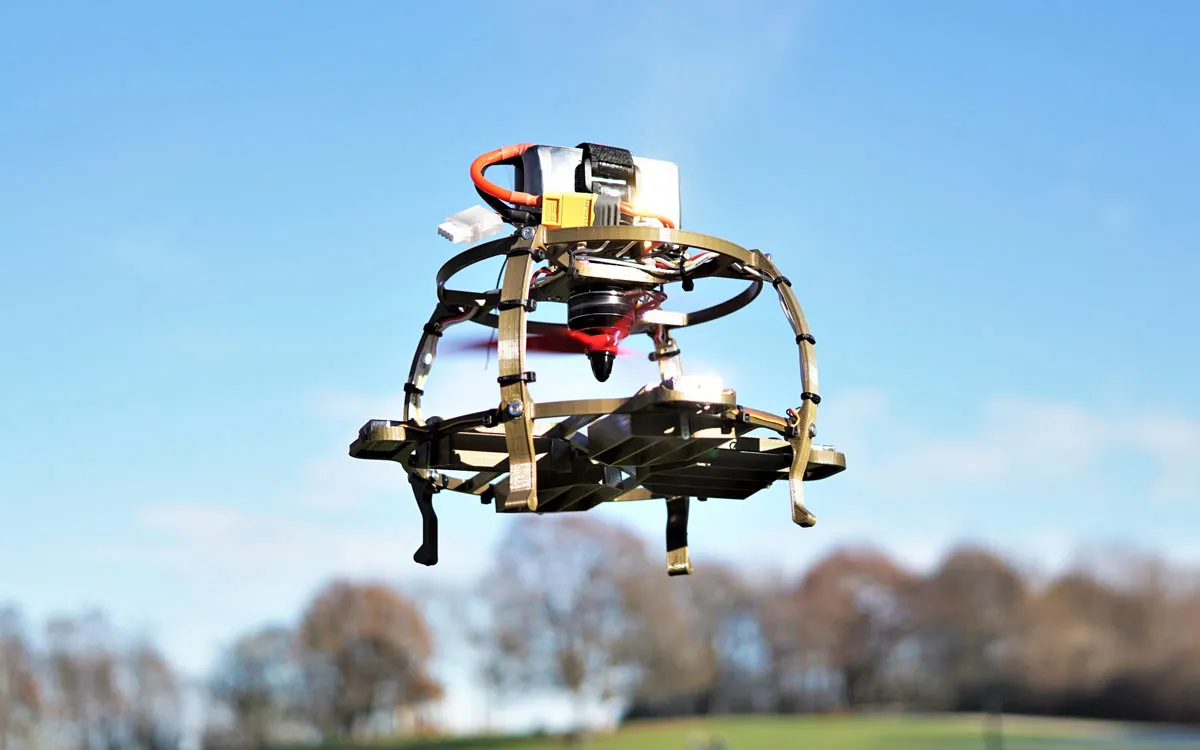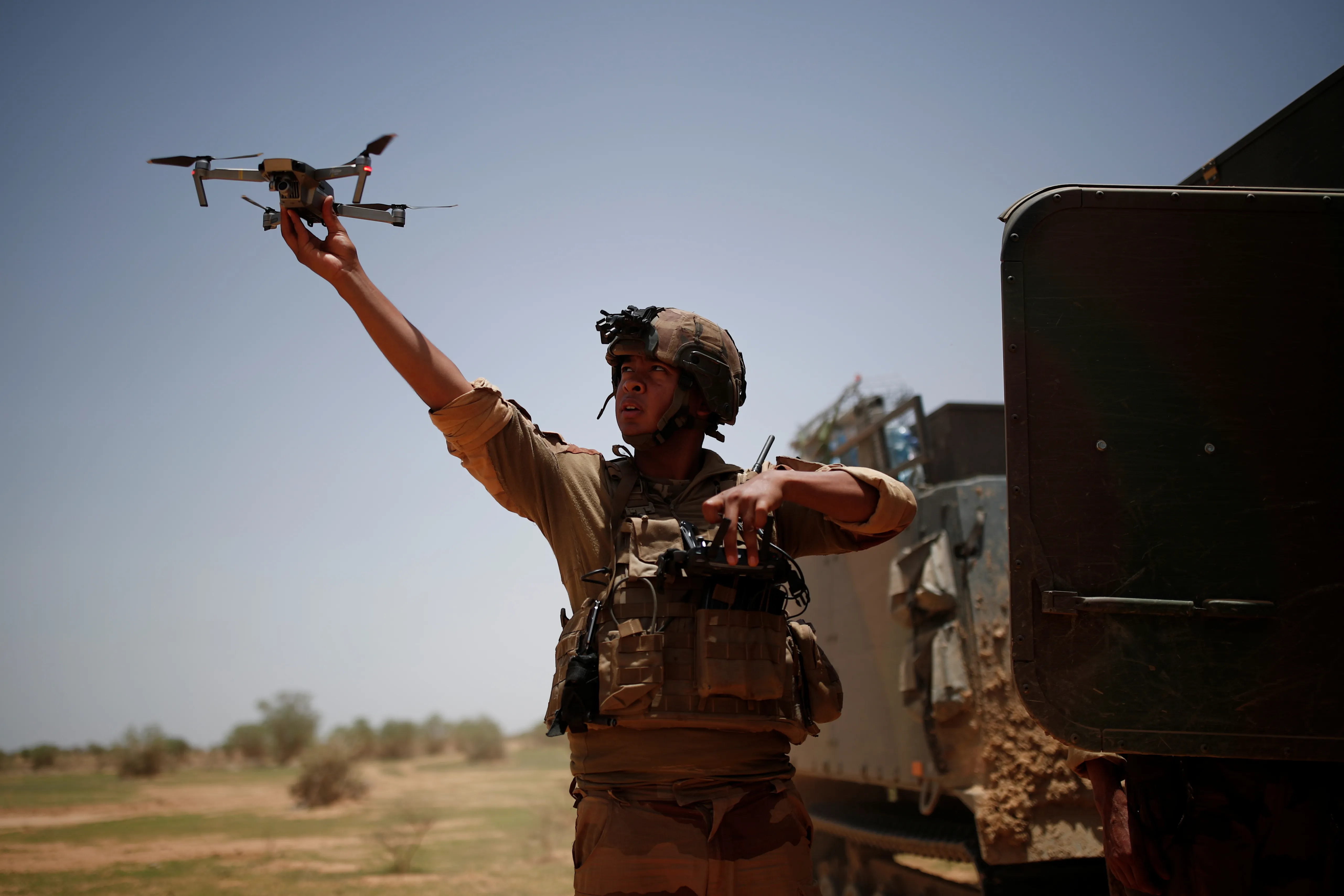Introduction
Military drones have revolutionized modern warfare with their ability to perform a wide range of missions without risking human lives. These unmanned aerial vehicles (UAVs) have become an integral part of national defense due to their versatility, precision, and efficiency. One of the crucial aspects that determine a military drone’s effectiveness is its speed.
Speed plays a significant role in the success of military drone operations. It allows them to swiftly gather intelligence, conduct reconnaissance missions, deliver supplies, and even engage in combat situations. In this article, we will explore the speed capabilities of military drones, the factors that influence their speed, and some of the fastest drones in the world.
Military drones are classified into various categories based on their size, purpose, and capabilities. These categories include combat drones, reconnaissance drones, surveillance drones, and cargo drones, to name a few. Each category serves a specific function and is designed to operate at different speeds to fulfill its mission requirements.
Understanding the speed capabilities of military drones is crucial because it directly affects their performance and the success of their missions. Whether it’s a swift reconnaissance mission or a high-speed combat operation, the speed at which a drone can fly determines its efficiency and effectiveness in achieving its objectives.
Several factors influence the speed of military drones. The design and engineering of the drone play a crucial role in determining its maximum speed. The aerodynamics, propulsion system, and materials used in the construction of the drone can significantly impact its speed capabilities.
In addition to the physical factors, the weight and payload of the drone also affect its speed. Lighter drones with smaller payloads tend to be faster compared to larger drones carrying heavy equipment. The power and efficiency of the drone’s engines also play a vital role in determining its speed.
How are Military Drones Classified?
Military drones are classified into different categories based on their size, purpose, and capabilities. This classification system helps in organizing and categorizing drones according to their intended use and operational requirements. Let’s take a closer look at some of the common classifications of military drones:
- Combat Drones: These drones are designed for offensive and defensive combat operations. They are equipped with weapons and defensive systems to engage in aerial warfare. Combat drones are often larger in size and have the ability to fly at high speeds to carry out strategic missions.
- Reconnaissance Drones: Also known as surveillance drones, reconnaissance drones are used to gather intelligence and provide real-time situational awareness. They are equipped with high-resolution cameras and advanced sensors to capture images and data from enemy territories without the need for human presence.
- Surveillance Drones: Similar to reconnaissance drones, surveillance drones are primarily used for monitoring and surveillance purposes. They are equipped with advanced surveillance systems such as thermal imaging cameras, radar, and lidar to monitor specific areas and detect any suspicious activities.
- Cargo Drones: These drones are designed to transport supplies, equipment, and cargo to remote or inaccessible areas. Cargo drones can carry heavy payloads over long distances, reducing the need for traditional logistics routes. They are often equipped with advanced navigation systems and can fly at relatively moderate speeds.
- Target Drones: Target drones are unmanned aircraft used for target practice and training purposes. They are designed to mimic the flight characteristics of enemy aircraft or missiles, providing realistic training scenarios for military personnel. Target drones typically operate at lower speeds to simulate real-world combat scenarios.
It’s important to note that these classifications are not mutually exclusive. Many military drones possess a combination of features from different categories to fulfill multiple roles and missions. The classification of military drones continues to evolve as technology advances, resulting in the development of more sophisticated and specialized unmanned systems.
Speed of Military Drones
The speed of military drones is a crucial factor in determining their operational effectiveness. It directly impacts their ability to reach targets quickly, gather intelligence in a timely manner, and successfully complete missions. The speed of military drones can vary significantly depending on their design, purpose, and size.
Military drones are capable of flying at various speeds, ranging from relatively slow speeds for surveillance and reconnaissance missions to high speeds for combat operations. On the lower end of the spectrum, surveillance and reconnaissance drones typically fly at speeds between 25 to 70 miles per hour (40 to 110 kilometers per hour). These drones prioritize stability and endurance over speed to capture detailed imagery and gather accurate data.
On the other hand, combat drones are designed to be faster in order to respond rapidly to changing battlefield conditions. These drones can reach speeds of up to 250 miles per hour (400 kilometers per hour) or even higher. The advanced aerodynamics and powerful propulsion systems of combat drones allow them to quickly maneuver and engage in aerial combat if necessary.
It’s essential to consider that the top speed of a military drone is often limited by factors such as payload capacity, range, and endurance. Drones carrying heavier payloads or capable of flying longer distances may have lower top speeds to maintain optimal fuel efficiency and operational capabilities.
The speed capabilities of military drones are constantly improving as technology advances. Ongoing research and development focus on enhancing aerodynamics, propulsion systems, and materials to increase the speed and agility of these unmanned aerial vehicles. Additionally, advancements in artificial intelligence and autonomous systems contribute to improved flight performance and speed.
Ultimately, the speed of a military drone must be balanced with other factors such as endurance, range, payload capacity, and mission requirements to achieve the desired operational outcomes. Each drone is designed with specific goals in mind, and its speed is optimized within those parameters to deliver superior performance in its intended role.
Factors Affecting Drone Speed
Several factors influence the speed of military drones. Understanding these factors is essential for optimizing drone performance and achieving the desired speed capabilities. Let’s delve into the key factors that affect the speed of drones:
- Aerodynamics: The design and aerodynamics of a drone significantly impact its speed. Drones with sleek and streamlined designs experience less air resistance, allowing them to achieve higher speeds. Factors such as wing shape, fuselage design, and the presence of aerodynamic features play a crucial role in minimizing drag and maximizing speed.
- Propulsion System: The type and power of the propulsion system directly affect the speed of a drone. Most military drones utilize electric motors, internal combustion engines, or jet engines for propulsion. The efficiency and thrust generated by the propulsion system determine the top speed a drone can achieve.
- Weight and Payload: The weight of a drone and the payload it carries can impact its speed. Heavier drones require more power to achieve higher speeds and may experience reduced maneuverability. Minimizing the weight of the drone and optimizing the payload to the mission requirements can lead to improved speed and performance.
- Power Source: The type of power source used in a drone influences its speed capabilities. Electric drones powered by batteries often have lower top speeds compared to drones with internal combustion engines or jet engines. Advances in battery technology and the use of alternative power sources are continuously being explored to enhance the speed and endurance of electric drones.
- Environmental Conditions: Weather conditions such as wind speed and direction can affect a drone’s speed. Strong headwinds can slow down a drone, while tailwinds can increase its speed. Other environmental factors like temperature and air density also impact flight performance and speed.
- Flight Control and Autonomy: The efficiency of the flight control system and the level of autonomy in a drone influence its speed. Drones equipped with advanced flight control systems and autonomous capabilities can make rapid and precise adjustments to maximize speed and stability, resulting in superior flight performance.
It’s important to note that these factors are interconnected, and optimizing one factor may impact others. Designing and engineering a drone involves finding the right balance between these factors to achieve optimal speed while ensuring operational efficiency and effectiveness.
Fastest Military Drones in the World
Military drones continue to push the boundaries of speed and agility, with advancements in technology allowing for faster and more capable unmanned aerial vehicles. Here are some of the fastest military drones in the world:
- Lockheed Martin RQ-170 Sentinel: This stealthy reconnaissance drone is capable of reaching speeds of up to 500 mph (805 km/h). It is primarily used for intelligence gathering and surveillance missions, featuring a high-resolution camera and advanced sensors.
- General Atomics MQ-9 Reaper: The MQ-9 Reaper is a combat drone that boasts a maximum speed of around 300 mph (480 km/h). This versatile drone is utilized for aerial reconnaissance, close air support, and armed attack operations.
- Northrop Grumman X-47B: Developed as an unmanned combat aircraft, the X-47B has demonstrated impressive speed capabilities, reaching speeds of over 600 mph (965 km/h). It was designed to operate from aircraft carriers and is equipped with both surveillance and strike capabilities.
- China Wing Loong II: China’s Wing Loong II drone holds its place among the fastest military drones, with a maximum speed of approximately 370 mph (595 km/h). This medium-altitude, long-endurance drone is used for reconnaissance, surveillance, and air strikes.
- Israel Aerospace Industries Harop: The Harop drone developed by Israel Aerospace Industries is known for its exceptional speed and autonomy. It can reach speeds of up to 200 mph (322 km/h) and is primarily used as a loitering munition, capable of engaging targets autonomously.
These drones represent some of the fastest military unmanned aerial vehicles in the world. However, it’s important to note that speed alone does not determine a drone’s overall effectiveness. Other factors such as endurance, payload capacity, and mission-specific capabilities also play crucial roles in determining a drone’s operational success.
The continuous advancements in drone technology are likely to result in even faster and more capable military drones in the future. Research and development efforts by various countries and defense contractors will push the boundaries of speed and performance, enabling drones to perform a wider range of missions with enhanced efficiency and effectiveness.
Notable Speed Achievements by Military Drones
Military drones have achieved remarkable speed milestones in their ongoing development and deployment. These accomplishments showcase the continuous advancements in drone technology and the pursuit of faster and more capable unmanned aerial vehicles. Here are some notable speed achievements by military drones:
- Boeing X-51 Waverider: In 2010, the Boeing X-51 Waverider set a world record for the fastest unmanned, air-breathing aircraft. It reached a speed of approximately Mach 5.1, or around 3,880 mph (6,250 km/h). The X-51 Waverider was an experimental unmanned hypersonic aircraft, capable of sustained hypersonic flight.
- Lockheed Martin SR-71 Blackbird: Although not technically a drone, the SR-71 Blackbird is worth mentioning due to its remarkable speed achievements. This reconnaissance aircraft, operated by the United States Air Force, reached speeds exceeding Mach 3.2, or around 2,193 mph (3,529 km/h). The SR-71 holds the record as the fastest manned aircraft in the world.
- AeroVironment RQ-20 Puma: The AeroVironment RQ-20 Puma is a small surveillance drone that set a speed record for its category. With a maximum speed of around 67 mph (108 km/h), the Puma holds the record for being the fastest hand-launched unmanned aircraft.
- DARPA Falcon Hypersonic Technology Vehicle: The Falcon Hypersonic Technology Vehicle, developed by DARPA, aimed to achieve speeds of up to Mach 20, or around 13,000 mph (20,920 km/h). Although the program experienced challenges and obstacles, it paved the way for future hypersonic technology development.
These notable speed achievements highlight the incredible capabilities of military drones and the innovative efforts to push the boundaries of aerial speed. The continuous pursuit of faster and more advanced drones speaks to the ongoing evolution of unmanned aerial systems and their potential in various military applications.
While these speed achievements are impressive, it’s crucial to note that achieving and maintaining these speeds over extended periods can pose significant technological challenges. Factors such as heat management, structural integrity, power efficiency, and control systems all need to be carefully addressed to ensure safe and reliable operation at high speeds.
As technological advancements continue, it is likely that military drones will achieve even greater speeds in the future. These achievements will contribute to enhancing mission capabilities, improving response times, and ultimately increasing the effectiveness of military operations.
Applications of High-Speed Military Drones
The development of high-speed military drones has opened up new possibilities in various military applications. These agile and fast unmanned aerial vehicles are being utilized in a range of missions that benefit from their speed and maneuverability. Here are some notable applications of high-speed military drones:
- Reconnaissance and Surveillance: High-speed drones excel in reconnaissance and surveillance missions, allowing them to quickly cover large areas and gather real-time intelligence. Their speed enables them to swiftly capture images and video, providing valuable situational awareness to military personnel on the ground.
- Target Acquisition and Engagement: High-speed military drones can rapidly locate and track targets, providing real-time information for target acquisition. Their agility allows them to respond quickly and engage targets autonomously or with the help of human operators, reducing response times and increasing overall operational efficiency.
- Combat Support: High-speed drones play a critical role in combat operations by providing support to ground forces. Their speed allows them to deploy rapidly, gather intelligence, and engage in strike missions when necessary. These drones can provide real-time battlefield assessments, assist in reconnaissance missions, and act as force multipliers by delivering precise and timely air support.
- Aerial Combat: Some military drones, specifically designed for combat operations, possess impressive speed and maneuverability. High-speed drones equipped with advanced sensors and weapons systems can engage in aerial combat, providing an unmanned alternative to traditional manned fighter aircraft and increasing the effectiveness of air superiority missions.
- Search and Rescue: In emergency situations, high-speed military drones can be deployed for search and rescue operations, allowing them to cover large areas quickly. Equipped with thermal imaging cameras and advanced sensors, these drones can locate and communicate with survivors, facilitating timely and efficient rescue efforts.
The high speed of military drones enables them to perform these critical tasks with enhanced efficiency, reducing response times, and increasing mission success rates. Their capabilities ensure that military forces can gather intelligence, engage targets, and support operations rapidly and effectively.
As technology continues to advance, high-speed military drones are likely to find new applications and play an even more significant role in military operations. The ongoing development and refinement of these unmanned systems will contribute to the improvement of national defense, enabling military forces to adapt to evolving threats with speed, precision, and effectiveness.
Conclusion
Military drones have transformed the landscape of modern warfare with their speed, agility, and versatility. The speed capabilities of these unmanned aerial vehicles play a vital role in their operational effectiveness and success. From surveillance and reconnaissance drones to combat and cargo drones, each category serves a specific purpose and operates at different speeds to fulfill mission requirements.
A variety of factors influence the speed of military drones, including aerodynamics, propulsion systems, weight, payload, power sources, and environmental conditions. Designers and engineers strive to optimize these factors to achieve the desired speed capabilities while maintaining operational efficiency and effectiveness.
Notable speed achievements by military drones, such as the Boeing X-51 Waverider and Lockheed Martin SR-71 Blackbird, highlight the cutting-edge advancements in drone technology and the pursuit of faster unmanned aerial vehicles. These achievements demonstrate the potential for increased mission capabilities, improved response times, and enhanced operational efficiency.
High-speed military drones find applications in various fields, including reconnaissance and surveillance, target acquisition and engagement, combat support, aerial combat, and search and rescue operations. Their speed enables swift data collection, real-time intelligence gathering, precise target engagement, and rapid deployment to support ground forces.
As technology continues to advance, military drones are expected to become even faster and more capable. Ongoing research and development efforts by countries and defense contractors will push the boundaries of speed and performance, resulting in drones that can fulfill a wider range of missions with increased precision and effectiveness.
In conclusion, speed is a crucial aspect of military drones, allowing them to execute missions swiftly and efficiently. The ongoing evolution of high-speed military drones promises to reshape the future of warfare, providing military forces with enhanced capabilities to protect national security and ensure the safety of personnel in diverse operational scenarios.







